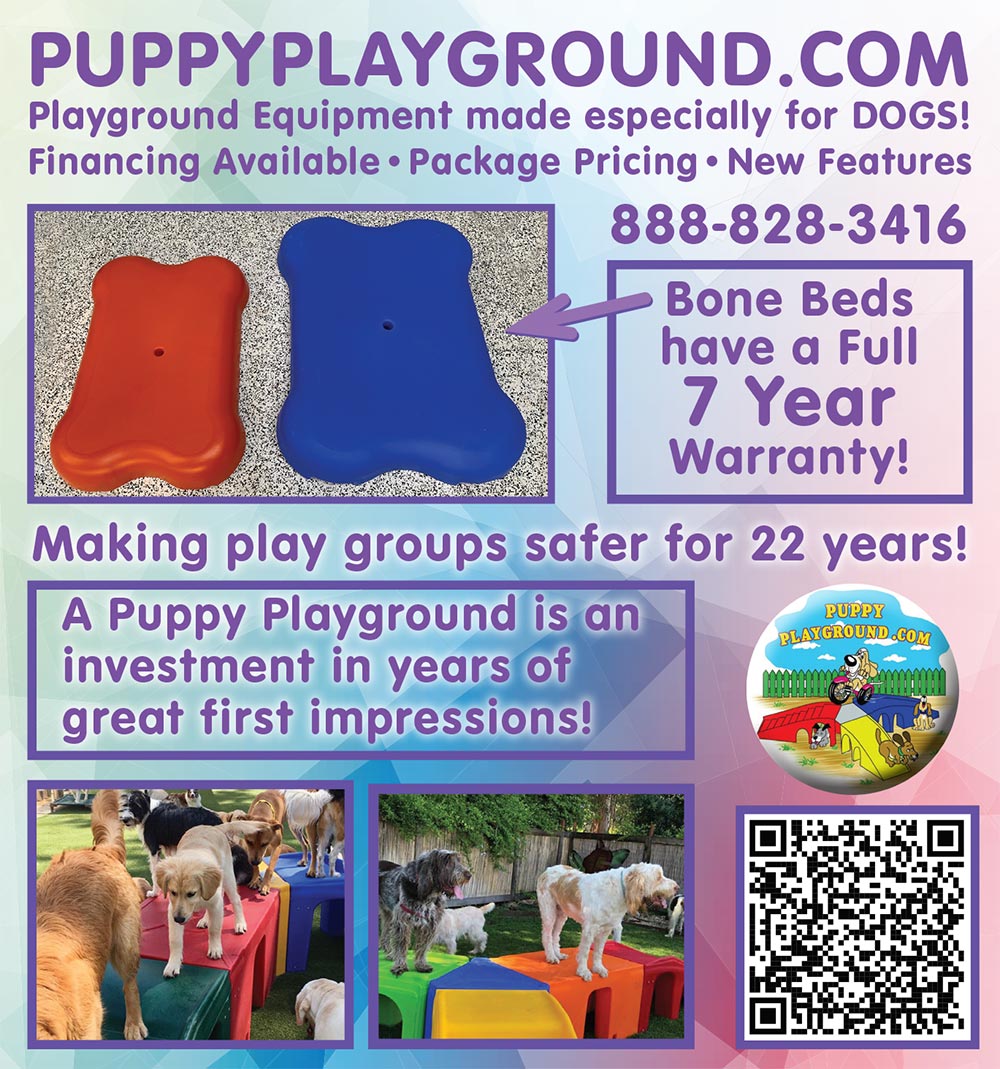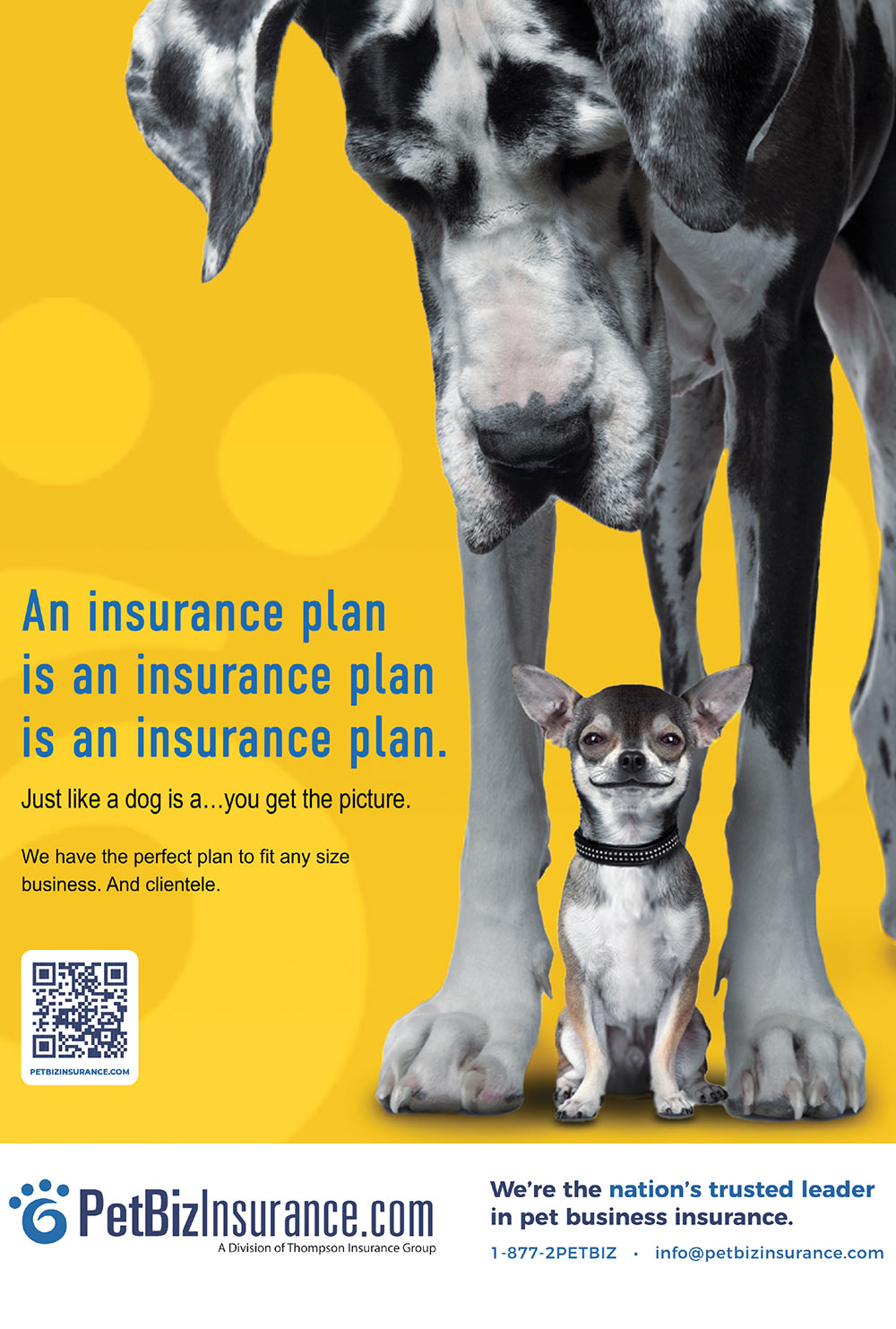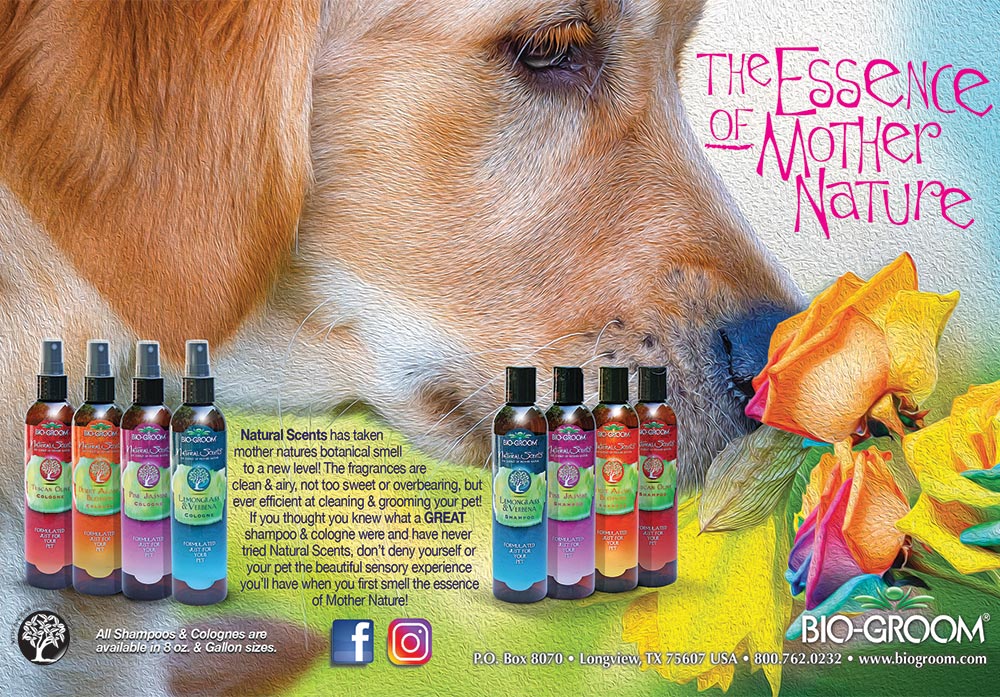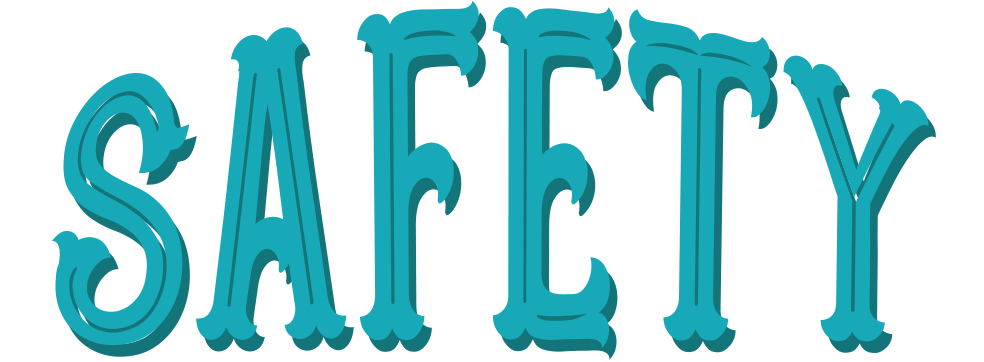


 rooming for a living is very different from what most people do. Most people work primarily with inanimate objects or, as I did for three decades as a schoolteacher, they work with other human beings. We are indeed fortunate to do such special work, being entrusted with the care of living dogs and cats. But, with this privilege comes great responsibility to keep these innocent and precious animals safe.
rooming for a living is very different from what most people do. Most people work primarily with inanimate objects or, as I did for three decades as a schoolteacher, they work with other human beings. We are indeed fortunate to do such special work, being entrusted with the care of living dogs and cats. But, with this privilege comes great responsibility to keep these innocent and precious animals safe.We have a huge responsibility in our jobs as professional groomers to prioritize safety above all other considerations. We must learn to read the faces and body language of the pets in our care, and be highly mindful of their feelings at all times. The amazing science and history of our co-evolution with dogs has taught us that we can communicate more than we might think. Learning all we can about how to read what these dogs are telling us at all times with their body language and responding appropriately is an important part of performing our jobs skillfully and safely.
When our human clients entrust us with their beloved family members and pay us their hard-earned money to care for them, we have a sacred trust to keep them safe. Other workplaces focus solely on worker safety, but we must expand that perspective. We can’t cut corners on safety when we groom live animals because there is always the chance of injury or even death. So, take time each day before you begin working to take a deep breath and silently reflect on the importance of safety. Imagine the agony of an accident—agony for the dog, agony for the owner, and untold agony for you. Take a quiet moment to set your intention each and every day to be a safe groomer. Nothing is more important.
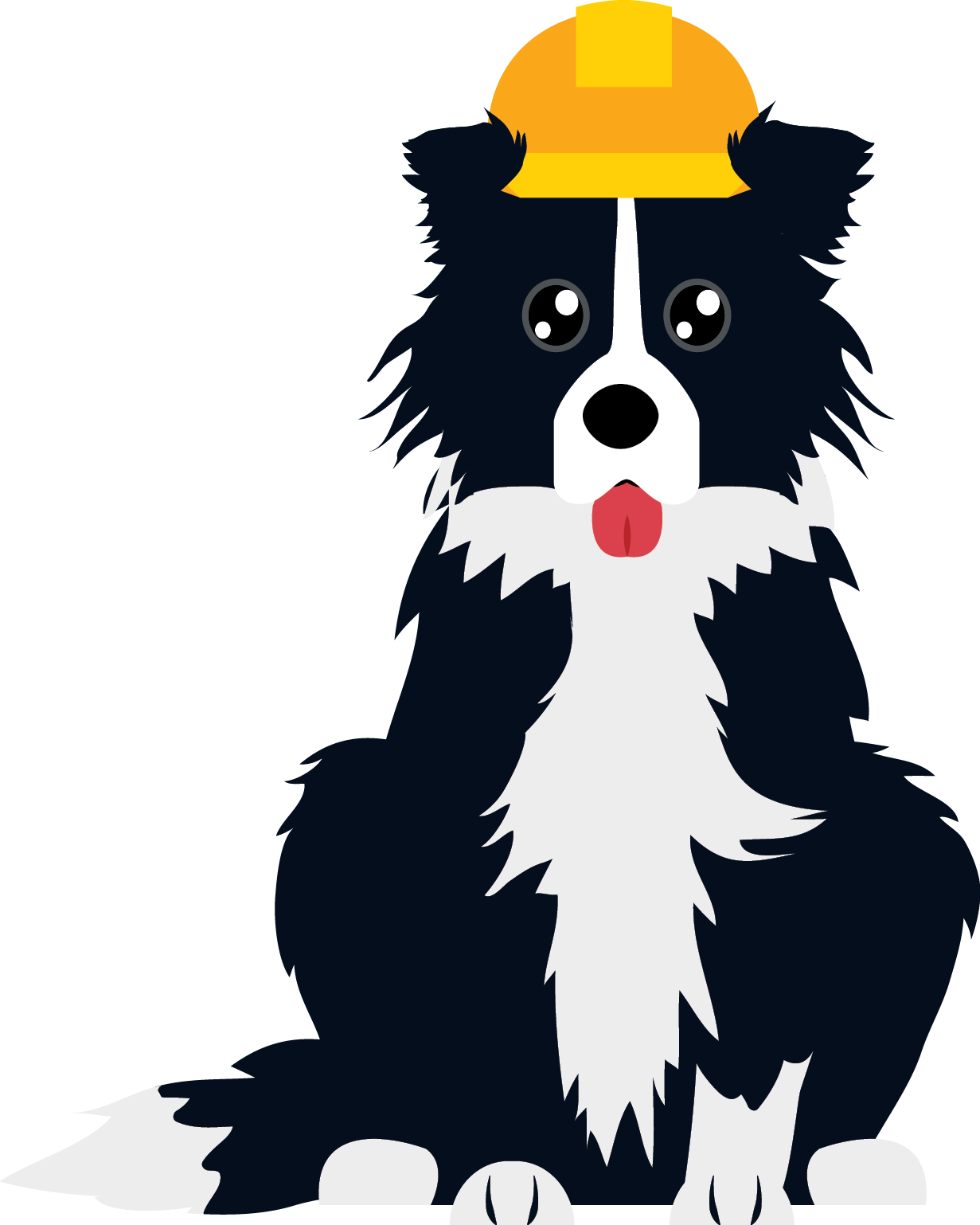
Legally required measures of competency in the United States to become a dog groomer? Zip. Zilch. Nada. (Except, as of 2022, in the city of El Paso, Texas….but that’s a discussion for another day.) Yet, dog grooming has so many more complexities: the variables of coat type and breeds, wide variations in behavioral issues, sanitary matters, etc. It has always amazed me that we remain unlicensed and unregulated when, in my opinion, we have so much more to learn than beauticians in order to properly do our jobs. It seems to speak to some systemic view that only human health and safety matter and that animals are devalued. However, I hope that is changing as we become more aware of the special bond that humans and dogs share.
So, for example, we say, “We found this lump near Fifi’s armpit and we recommend you have your veterinarian take a look at that.” We don’t say, “Your dog has a tumor.” Or we say, “We cleaned away a significant amount of brown discharge from Fifi’s left ear, and we noticed she was sensitive to touch on that ear.” We don’t say, “Your dog has an ear infection.”
My staff is required to do a visual and manual “six-point well-being check” on every part of the dog’s anatomy and report anything out of the ordinary. The list of six areas we monitor comes from industry icon and Master Groomer Karla Addington-Smith’s early industry textbook, An Introduction To The Foundations of Dog Grooming where she details the groomer’s obligation to be watchful and report anything out of the ordinary in these areas: 1) skin and coat, 2) feet and nails, 3) external parasites, 4) ears, 5) teeth and gums, and 6) tails and rear ends.1 Under the blow dryer is often a great time to visually check all these areas. Any pet showing anything out of the norm gets a note sent with it at check-out to take this matter to their veterinarian.
Extremely sharp tools, thin-skinned, untrained, live and unpredictable animals, and no educational requirements to become a groomer are all factors in our industry that would seem to predict many accidents and injuries, yet there are still lots of them every year, sadly. Amazingly, however, many thousands of groomers groom millions of pets each year mostly to good effect. We can do this job safely and can feel good about our efforts to prioritize safety and prevent tragedies.
Additionally, commission-structured pay systems drive groomers to do their work faster. This is just one of several reasons why my shop follows the industry’s trend to pay groomers either hourly wages or salaries. I enjoy the teamwork benefits most of all, but there is no doubt that safety for the dogs is the top reason I insist on this pay structure. I do not want anyone to feel rushed or hurried when working with the dogs, as this can be a formula for disaster.
If you are constantly feeling rushed to get more dogs done each day so that you can make the money you need to stay in business, then you are not charging enough for your grooms. Time to complete each groom safely has to be built into your pricing structure. Slow down and charge more so that you can do that. It is not worth it to cut corners and end up hurting (or worse) some poor animal because you were in a hurry. It is not my intention to scare you, but to give you permission to prioritize and remember what you already likely know: You could lose everything if you negligently hurt a dog or cat—your reputation, your business, your living and your peace of mind.
Slow down, be safety-minded in all aspects of your daily work and consider raising your prices, if necessary, so that you can groom your four-legged clients safely. You will do right by each client and your own well-being will benefit. You will keep your good clients, you will be happier and the dogs will thank you for it.
References:
- Addington-Smith, K. (2010). An Introduction To The Foundations of Dog Grooming. The Ohio State University.
